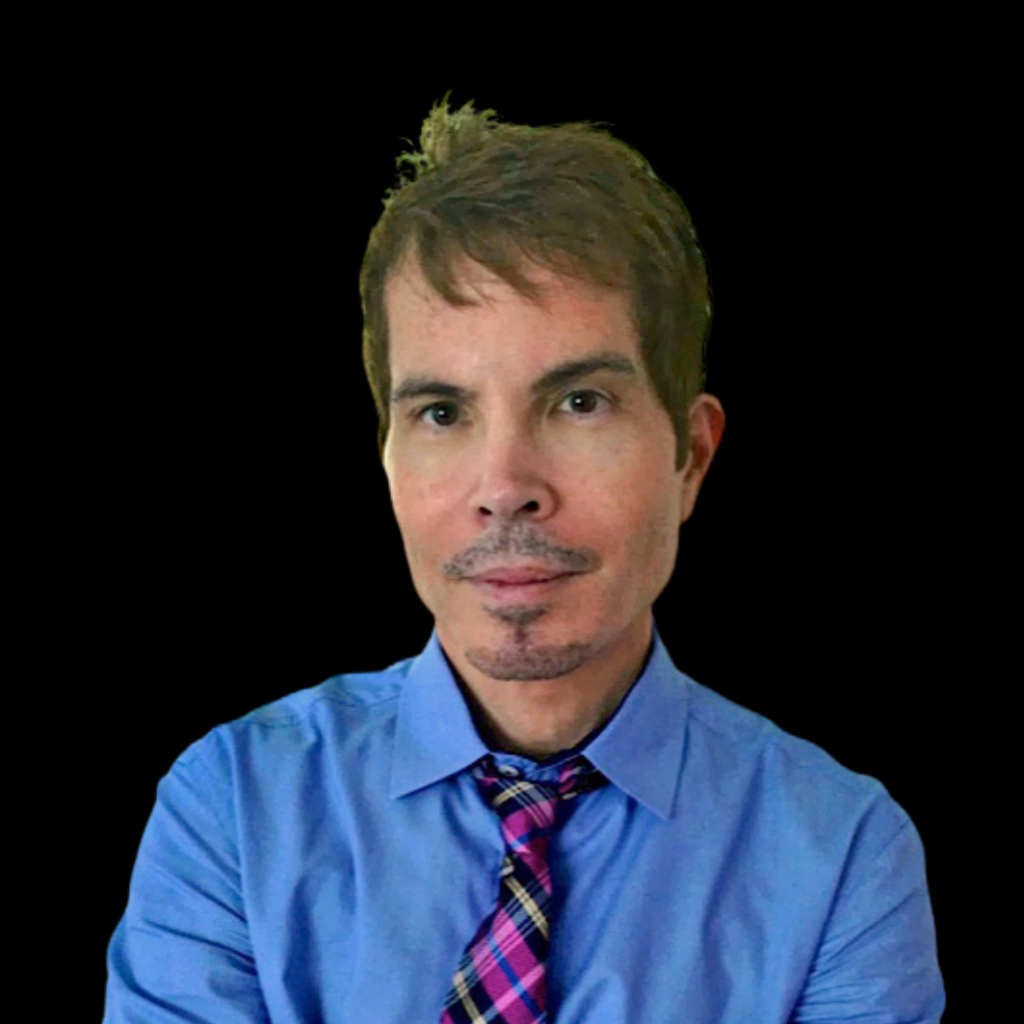by Gerald Posner
Preventable overdose deaths in the U.S. set grim records during COVID. Opioids account for about three-fourths of the 100,000 Americans killed each year. According to government statistics, the drug involved in most of those deaths is fentanyl. It is also the poison that is expanding its lethal dominance, about a 25 increase every year in the number of victims it claims.
While many Americans believe fentanyl is a relatively new development of the past few years, it is a notorious drug about which we had plenty of early warning. However, as with so many things that develop into critical public health issues, government leaders are responding belatedly and without a coherent or effective policy.
Fentanyl is something I am familiar with because I wrote about it for the first time 34-years ago, in an article titled “The Next Nightmare.”
“It may be the most powerful addictive drug of its kind,” I wrote in January 1990, “nearly 40 times stronger than pure heroin. Chemical derivatives of fentanyl can be 6,000 times as strong as morphine. Fentanyl provides a dramatic rush for the user, much more intense than a dose of heroin. However, the trade-off for this fleeting pleasure is addiction. The drug is addictive after a single shot, and the kick often ends in overdose.”
DEA agents and government prosecutors warned then about an emerging multi-billion-dollar illegal trade. An amount of fentanyl “no larger than a loaf of bread” was then “worth $1 billon on the black market.” A senior DEA official thought the coming scourge from fentanyl and other synthetic drugs was a “pharmaceutical Frankenstein.” A California prosecutor told me that the only things that had prevented fentanyl from becoming America’s leading drug problem was that no major organized-crime syndicate had yet taken control of the distribution.
I had learned about fentanyl during my reporting for a 1988 book (Warlords of Crime) about Southeast Asian international heroin syndicates. My agent submitted a draft of my exposé to a dozen mainstream magazines, including among others, The New York Times Magazine, Time, Newsweek, Vanity Fair, and Rolling Stone. They all passed. None believed my prediction that fentanyl and its chemical cousins would soon deliver “a larger, nastier, and more intractable problem that we ever imagined. Entrepreneurial chemists are waiting with synthetic poisons for millions of American addicts.” After all the leading publications rejected it, my agents finally got it printed in the January 1990 issue of Penthouse. There, unfortunately, it was quickly forgotten.
Ignoring the dangers and potential impact of fentanyl is not America’s problem today. Everyone knows it is the top of a notorious list of drugs taking the lives of far too many people. Today’s issue is what to do? While writing a book about the history of the American pharmaceutical industry (Pharma), I spoke with dozens of parents who had lost children to an opioid overdose. Many of those heart rendering stories were from parents whose children had died from OxyContin, the greatly overprescribed Purdue Pharma pain killer that left a trail of death and devastation across America. In the last few years, however, as doctors have finally stopped dispensing OxyContin like candy, it seems that fentanyl has become far and away the reason so many parents and families are grieving the unexpected loss of a loved one. That is not surprising since fentanyl has officially become the leading cause of death for people aged 18-45.
I was one of the speakers at a rally in Washington D.C. last September,organized by Lost Voices of Fentanyl, a 30,000-strong group of self-described “Warrior Mamas” who have turned their grief over losing a child into action. Those impassioned parents have a lot of different ideas about how to combat this scourge. Many want stronger border enforcement to stop the flood incoming from Mexico. Others want more powers given to the DEA, or even to Homeland Security. And some argue passionately for harm reduction programs that offer real alternatives for addicts to get clean. What was clear, however, is that while they all wanted something done, none had a checklist that would work like magic to end fentanyl’s rein as America’s most deadly drug.
I do not have that magic list either. Nor did any of the other speakers, from former law enforcement and border officials to currently serving members of Congress.
It was at that rally in Washington that I met Paul Martin. Paul, who had spent over twenty years in humanitarian nonprofits, was on fire since he had witnessed firsthand the devastating effects of this poison after he had moved near a fentanyl hotspot in New Mexico. On that weekend in Washington, Paul was talking to everyone he could collar to ask about what might be done.
United Against Fentanyl is the result of his hard work and singular dedication. There are other important groups and nonprofits devoted to battling fentanyl, but UAF is the first I am aware of that wants to carve out a nonpartisan role as the go-to resource. There will be efforts on harm reduction, education, enforcement, mental health services addressing addiction and recovery, and awareness by highlighting the work of activists. United Against Fentanyl promises to be the first of its kind to bring together the efforts of hundreds of groups that are working on their own but could be much more powerful in a united front. Focused with a vision on solutions, I am hopeful that United Against Fentanyl will play a key role in eventually making fentanyl a bad historical memory rather than a current day plague.
